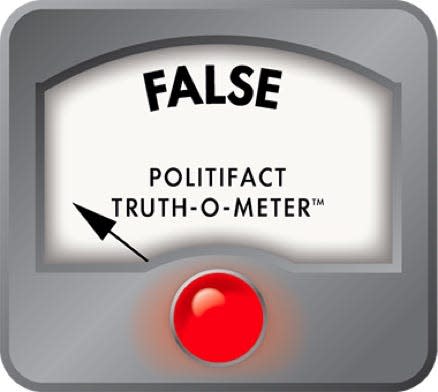
Retirement presents a big change — financially, logistically and emotionally. And in the course of planning for it, you’re apt to come up with a list of questions you want answers to.
Recent data from Northwestern Mutual found that even wealthy Americans have concerns about their retirement finances.
Don’t miss
-
Car insurance premiums in America are through the roof — and only getting worse. But 5 minutes could have you paying as little as $29/month
-
Lock in juicy quarterly income through this $1B private real estate fund — even if you’re not a millionaire. Here’s how to get started with as little as $10
-
These 5 magic money moves will boost you up America’s net worth ladder in 2024 — and you can complete each step within minutes. Here’s how
Some of their top questions include how much money they’ll need to retire comfortably and how likely they are to outlive their savings. But the top burning question that millionaires have in the context of retirement is how taxes will impact them once their careers wrap up.
The good news is that 61% of millionaires are making plans to reduce their tax burden in retirement. But you don’t have to be a millionaire to take advantage of some of the strategies they’re using.
Using Roth accounts strategically
Roth IRAs and 401(k)s offer a host of financial benefits to account holders. First, they allow for tax-free gains on investments. Secondly, they allow for tax-free withdrawals in retirement if the accounts have been open for at least five years.
Keeping long-term savings in a Roth account could leave you paying the IRS much less once you retire. Plus, a Roth allows you to continue enjoying tax-free gains on your investments during retirement.
One challenge millionaires might run into is exceeding the income limits for direct Roth IRA contributions. Single taxpayers earning above $161,000 are barred from making contributions in 2024, as are married couples earning above $240,000.
However, you can work with an accountant or financial advisor to make strategic Roth IRA conversions from a traditional IRA. These need to be planned for carefully because there are tax implications the year money is moved into a Roth IRA. But you then get the benefit of tax-free withdrawals later on. And Roth 401(k)s don’t have income limits, so they’re open to anyone with access to an employer plan that includes a Roth option.
Read more: Cost-of-living in America is still out of control — use these 3 ‘real assets’ to protect your wealth today, no matter what the US Fed does or says
Withdrawing from traditional retirement plans slowly
The nice thing about Roth account withdrawals is that they don’t count as taxable income after you reach the age of 59 and a half. But having a higher taxable income in retirement from other sources doesn’t just mean paying the IRS more money. It could also mean facing surcharges known as income-related monthly adjustment amounts, or IRMAAs, on your Medicare Part B and D premiums.
If you have some or all of your savings in a traditional retirement plan, withdrawing smaller amounts gradually could keep you in a lower tax bracket for a good chunk of your retirement. But you will need to be mindful of required minimum distributions (RMDs), which can increase your taxable income and tax burden at once.
RMDs kick in at age 72 (or 73 if you reach age 72 after Dec. 31, 2022). And the exact amount you have to withdraw is calculated based on your account balance and life expectancy. But you should know that if you donate a portion of your RMD (or all of it) to a qualified charity, that income won’t be taxable.
Maximizing HSAs
HSAs, or health savings accounts, allow savers to contribute pre-tax funds toward future healthcare expenses. Investment gains in HSAs are tax-free, as are withdrawals used for qualified healthcare expenses.
Carrying HSA funds into retirement is another great way to minimize taxes. Instead of potentially making taxable withdrawals to cover medical costs, tapping an HSA for those same bills gives you access to tax-free funds.
Eligibility for an HSA hinges on your health plan. This year, you can qualify if your health insurance plan has a minimum deductible of $1,600 for self-only coverage or $3,200 for family coverage. Your out-of-pocket maximum also can’t exceed $8,050 for self-only coverage or $16,100 for family coverage. Since the typical 65-year-old is expected to spend $157,500 on healthcare during retirement according to Fidelity, it’s helpful to enter retirement with as large an HSA balance as possible.
What to read next
This article provides information only and should not be construed as advice. It is provided without warranty of any kind.
EMEA Tribune is not involved in this news article, it is taken from our partners and or from the News Agencies. Copyright and Credit go to the News Agencies, email news@emeatribune.com Follow our WhatsApp verified Channel





